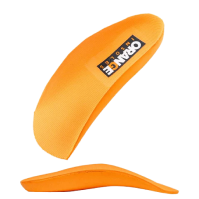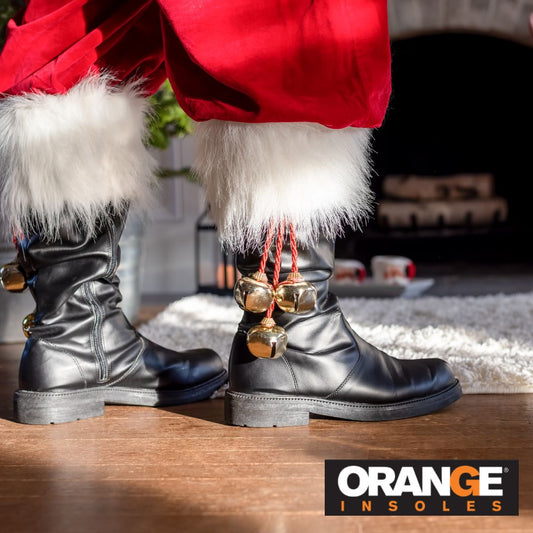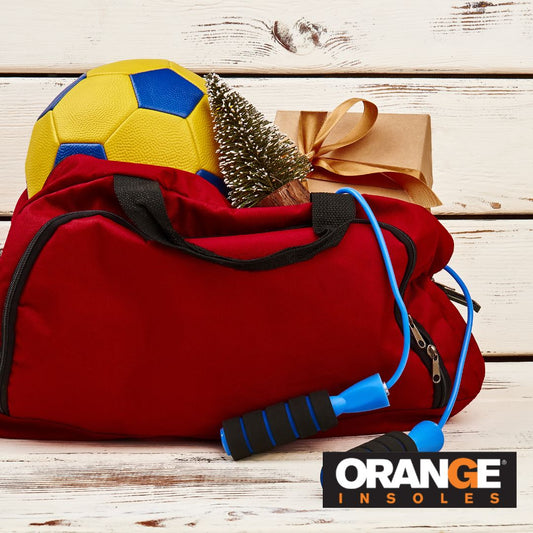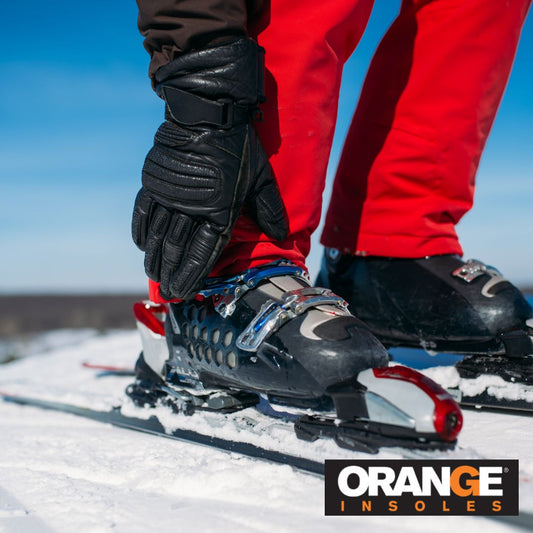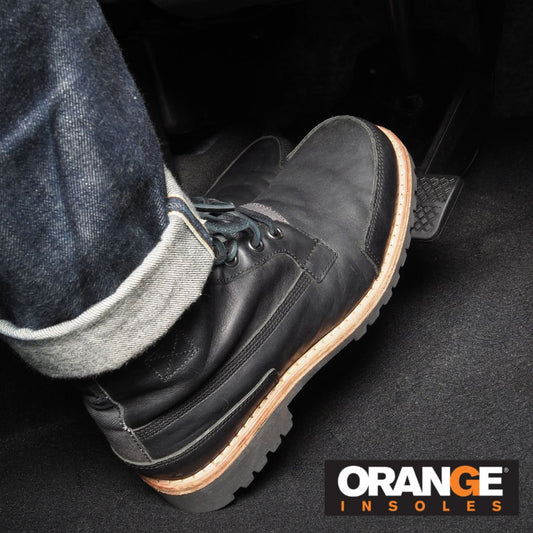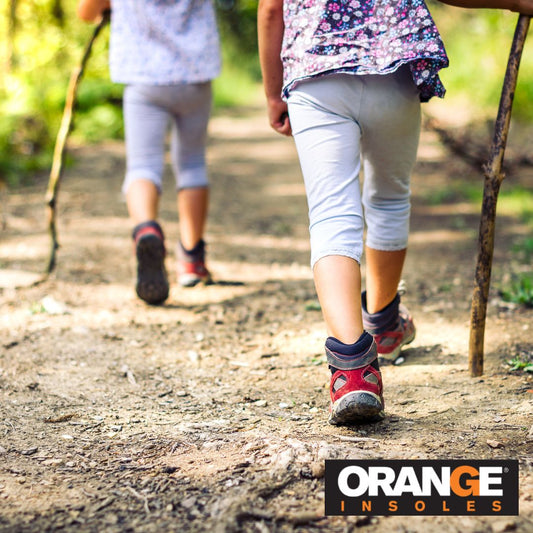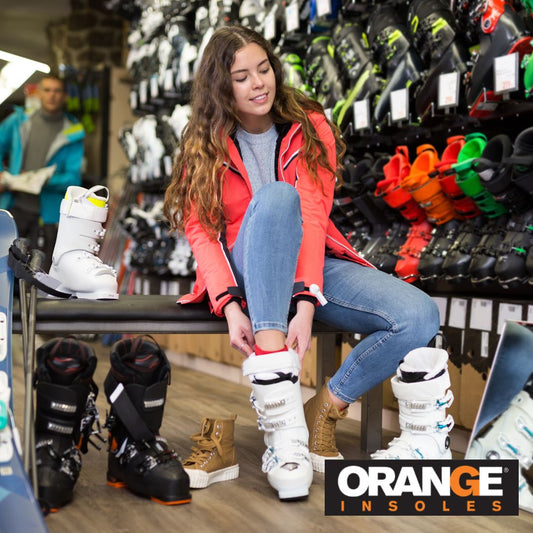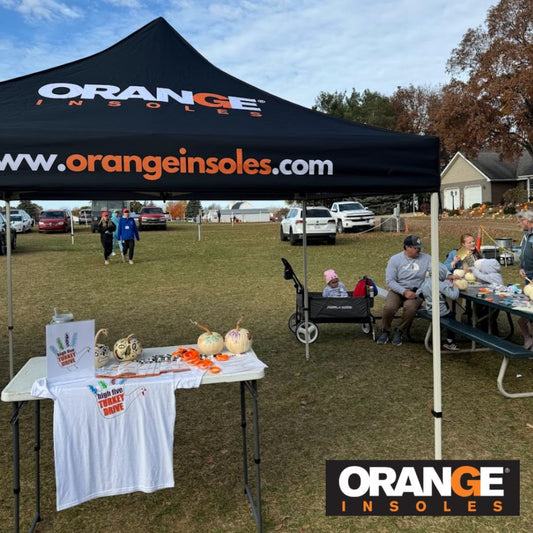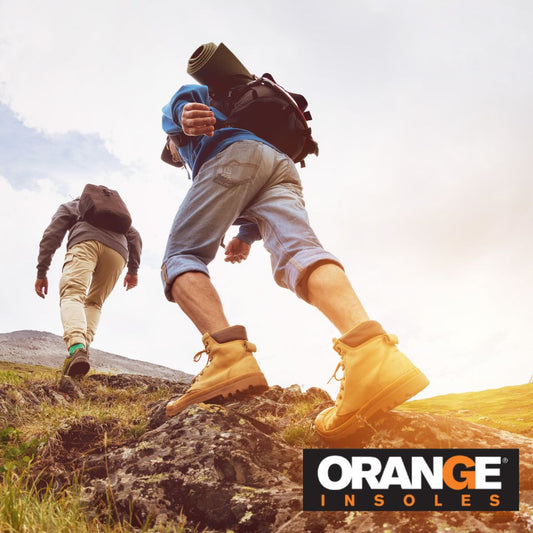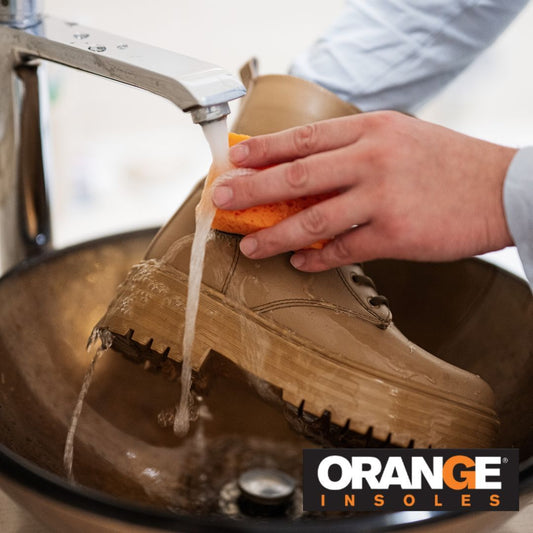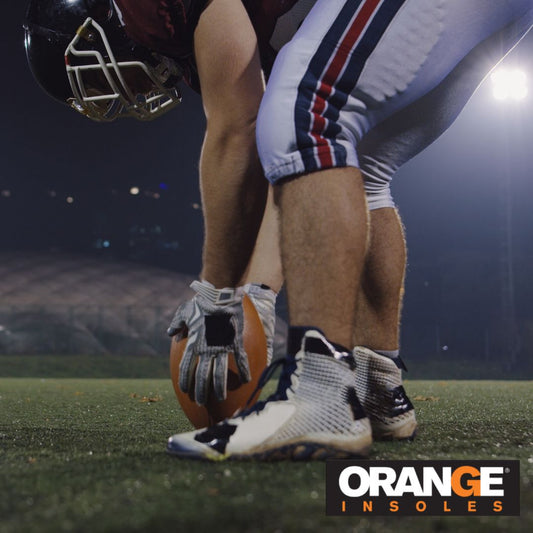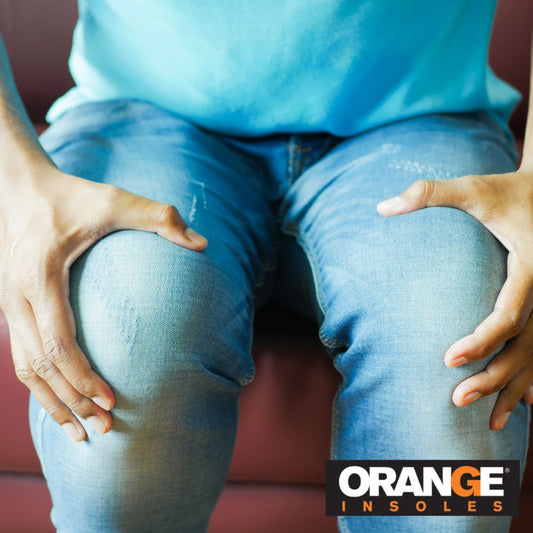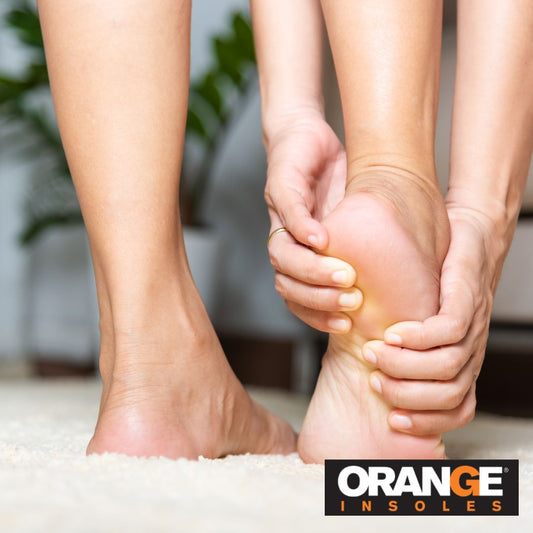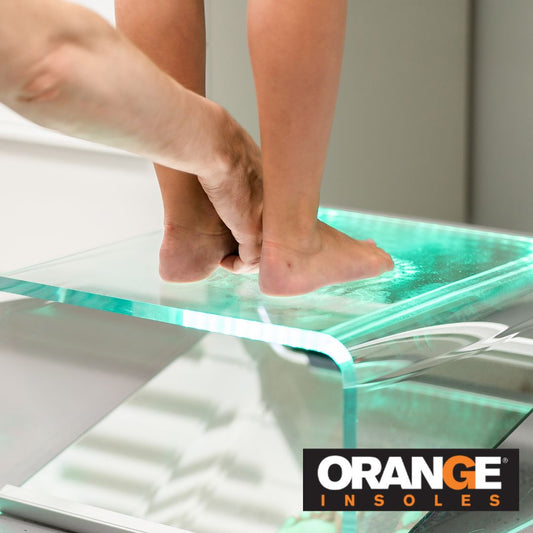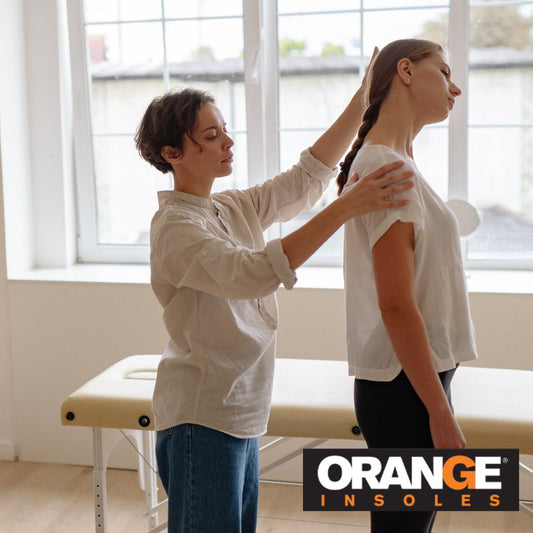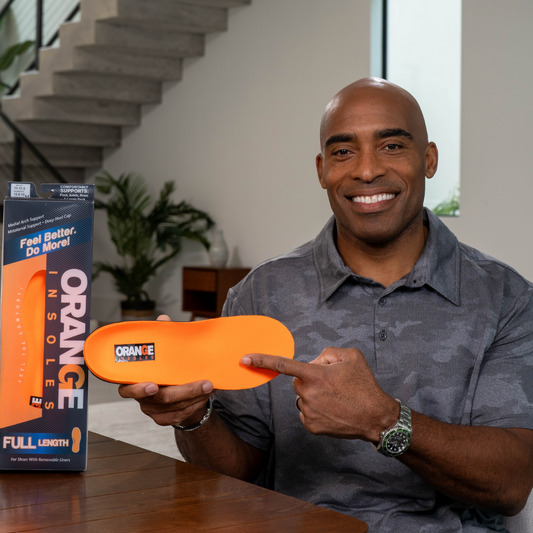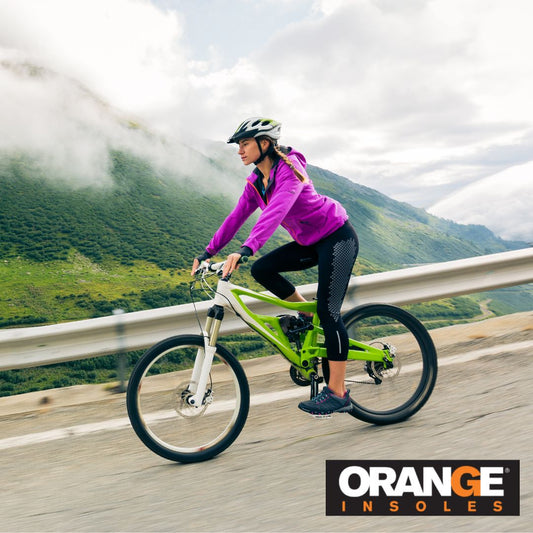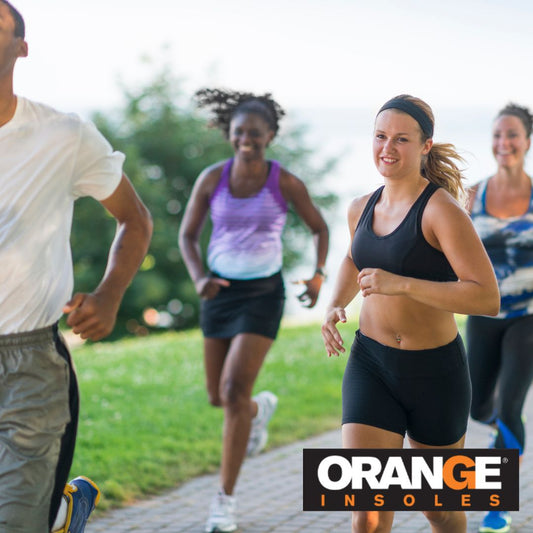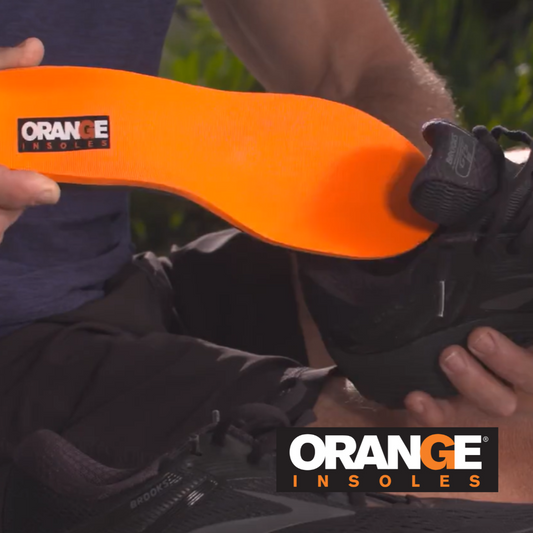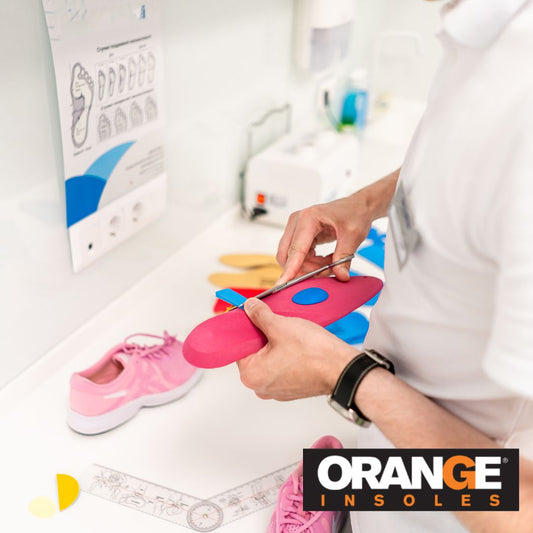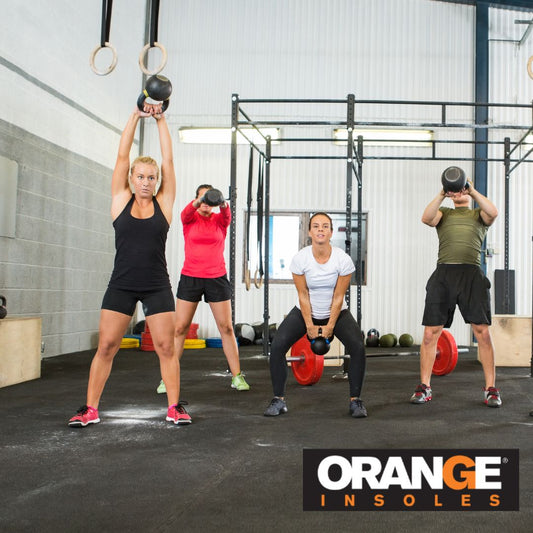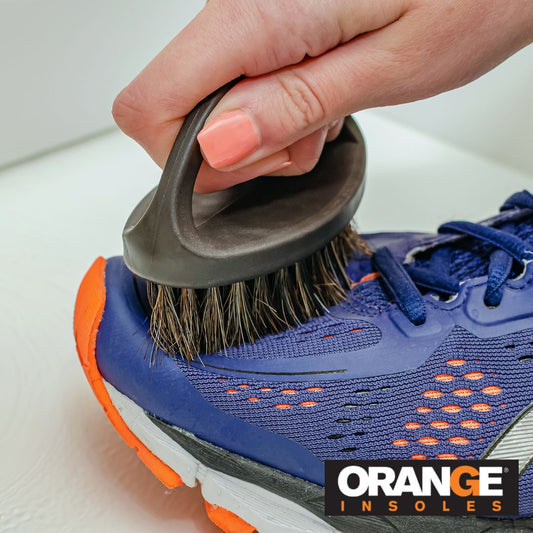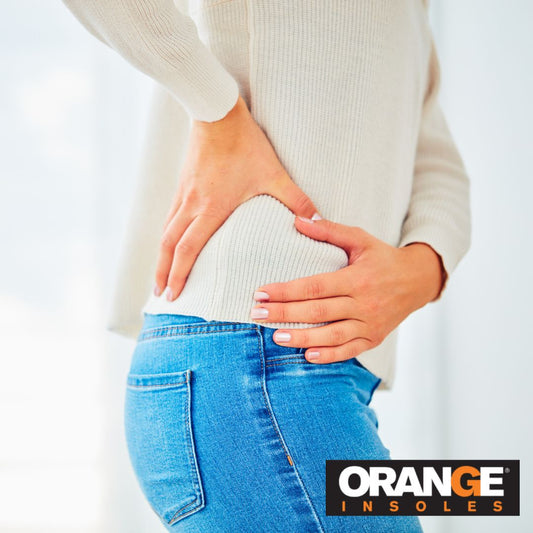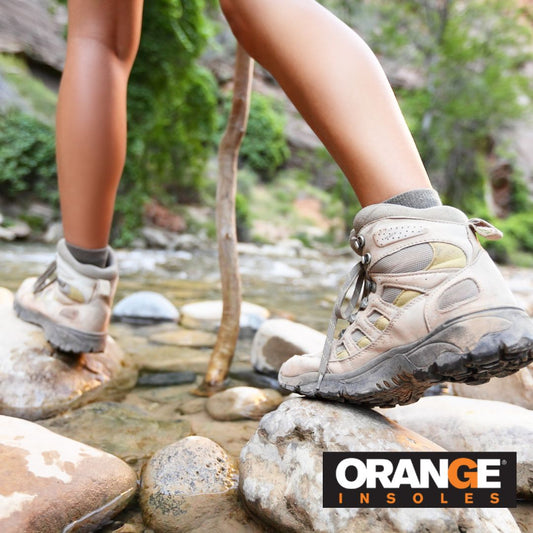
There are a lot of options. But what should you buy if you’re considering support? This is why we’ve put together a handy guide to cleats and foot support, to help make sense of all the things you should consider before purchasing a pair.
What Are Cleats?
A cleat is a shoe with a very specific purpose: to provide grip on a grassy surface.
A cleat is not a running shoe, or a basketball shoe. There’s no impact protection. No arch support. There’s really no such thing as a cleat with good support. And, to be fair, in perfect conditions, it may not be necessary.
Cleats are designed with certain ideal conditions in mind: lush, deep grass and soft earth. They are designed in such a way that the cleats dig into the field to provide grip, and the foot ends up level to the ground for natural support. It’s all about traction.
Can Cleats Cause Pain?
Of course, those ideal conditions are not always present. Most actual fields are less than ideal: grass too short, ground too hard.
In those subpar conditions, the cleat will still provide grip. But the shoe won’t lay flat against the ground. Instead, the foot will put pressure on the 8-9 pegs where the cleats meet the ground, and the arch isn’t supported at all.
As with any situation where footwear isn’t supportive, this can commonly lead to issues like hip pain or knee pain.
Another factor to consider, particularly with young athletes, is Sever’s Disease.
Sever’s disease, or calcaneal apophysitis, is a condition in growing children and adolescents where the growth plate of the heel can become inflamed and cause pain.
It’s caused by repetitive stress to the heel, (like athletics,) and isn’t permanent- though it is painful. This condition isn’t caused by cleats, but prolonged activity with non-supportive shoes like cleats can aggravate it.
Now, based on your personal biomechanics, cleats may not cause pain at all. But in any scenario where strenuous activity is performed with non-supportive shoes, you will probably want to proceed with caution.
Will Expensive Cleats Be More Supportive?
So there are a ton of cleats out there. There are cleats specifically designed for every field sport under the sun. And the pricing on these can vary wildly.
It can be tempting to assume that a $200 pair of soccer cleats will be more supportive than a $50 pair of soccer cleats.
However, that would be a mistake.
When it comes to cleat pricing, the biggest thing that impacts the dollar value is not support, but the upper portion of the shoe. Whether it’s leather or synthetic, how much give is in the material, how it laces up and fits against the foot.
With soccer cleats, for instance: most higher level players buy cleats that are a little snug, maybe a size small, with a flexible upper material which can stretch around the foot. It provides less cushion and dead space so the foot has more impact power when striking a soccer ball.
So the upper material is an important factor when making a decision on a pair of cleats. But the upper portion of a shoe has no impact on support. So from that perspective, the price tag is almost entirely irrelevant.
Can Cleats Ever Provide Support?
Sure, if you have a perfect field. Of course, in that scenario, the turf is what is actually providing the support, but the effect is the same. So go get yourself some soft earth and rich, springy grass.
Of course, if re-laying an entire field isn’t an option, there are always inserts like orthotic insoles and heel cups.
One of the primary Sever’s Disease treatments, for example, is a good orthotic that supports the heel. It reduces the pressure on the area that causes and exacerbates the issue.
When considering an insole for a cleat, make sure that you find one that provides adequate support in the arch and heel. Shock-absorbing gel insoles may feel more comfortable, but not provide much in the way of actual support.
Also, take size into account. Cleats are lightweight shoes with a very small profile, and most insoles are not designed with them in mind. Be sure that the insole will fit properly or you may not see any benefits.
Orange Insoles offers the Orange Light for shoes like cleats. They provide maximum support with a heel cup, medial arch support, and metatarsal pad… while offering a low profile. Check out our sizes and pricing to learn whether Orange Insoles can be a supportive solution this cleat season.


